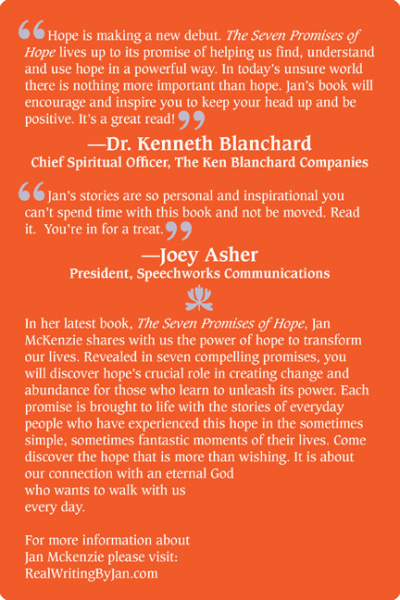

It was an ordinary day in many ways. I had just set up the room where I would be teaching a small group of business leaders that afternoon. As Director of Training and Development for The Weather Channel, delivering training was one of my favorite job responsibilities. The Wall Street Journal was on the desk in front of me, rumpled from where I had quickly scanned it while grabbing a bite to eat. Maybe it was the reading that stimulated my thoughts. Maybe it was just one of those days—with the right barometric pressure and a cloud cover that tugged at my emotions.
Whatever the reason, I found myself thinking about “the greats” in business leadership and learning. In my mind I listed a few of the people who had deeply influenced what I taught our associates and leaders. As I was considering those on my list, I realized that each of them had a “theme” they returned to over and over. No matter how many books each of my favorites published, every one reflected some part of their core theme, the “heart” of their message that struck a passionate and lasting chord in them.
“What about me?” I thought unexpectedly. “Is there a theme in my life, something that has resurfaced in my heart over the years? What evokes my passion and fuels my work?”
The thought came to me instantly. Hope. Hope was the theme of my life, I thought.
I had discovered hope not only in my own life but in the lives of others as I puzzled over the broken pieces of the journeys of friends, family and even strangers. Like an emotional x-ray, hope revealed to me the patterns woven from seemingly disparate events. I needed hope in my own life and, having found it during some tough times, I had a passion for sharing it with others.
I guess the importance of hope in my life shouldn’t have come as a surprise. After all, hope is the lifeblood of what I do—teach. You have to believe that somehow others can and will use what you teach to have a better life. Hope is also at the heart of parenting—without hope for our children where would we be?
During the past few years I’d been writing about moments in which hope showed up for me and others. Many of these stories are in my book, When Jesus Shows Up. I had many more stories in my heart that I still wanted to put on paper. Thinking about these I wondered if there were patterns to what I had witnessed and written about. Was there something in these accounts that would translate into a few real and useful truths about hope and its power?
Grabbing a piece of paper I began to write. With only a few minutes before leaders from all over the company came streaming in, the patterns of how hope worked took shape in my mind. I saw that the events in the stories did indeed fall into recognizable categories. I realized that the results of each story were not random but represented some truth about hope that could help me to better understand its power. That is how The Seven Promises of Hope were born—on a piece of scratch paper, in the middle of a crowded day, in a room on the 8th floor, while I was waiting to teach. As I have worked with them and thought about them over time, each promise has emerged more completely.
I don’t claim this to be a theological treatise on the topic of hope. Rather, The Seven Promises of Hope is a book about the real life application of incorporating hope to bring about real change. Life itself, along with scripture, have been the catalysts that have taught me the most.
Every chapter defines one of the Seven Promises and demonstrates the promise through the stories of real people, animals and events and the sometimes simple, sometimes fantastic moments in their lives.
When you learn how hope works, you learn its power to transform more than just situations. The real promise of hope is its power to transform not only our circumstances but our hearts. And this book, which shows how that happens, all started for me on a cloudy day, in a classroom, waiting to teach. How’s that for hope in an everyday moment?